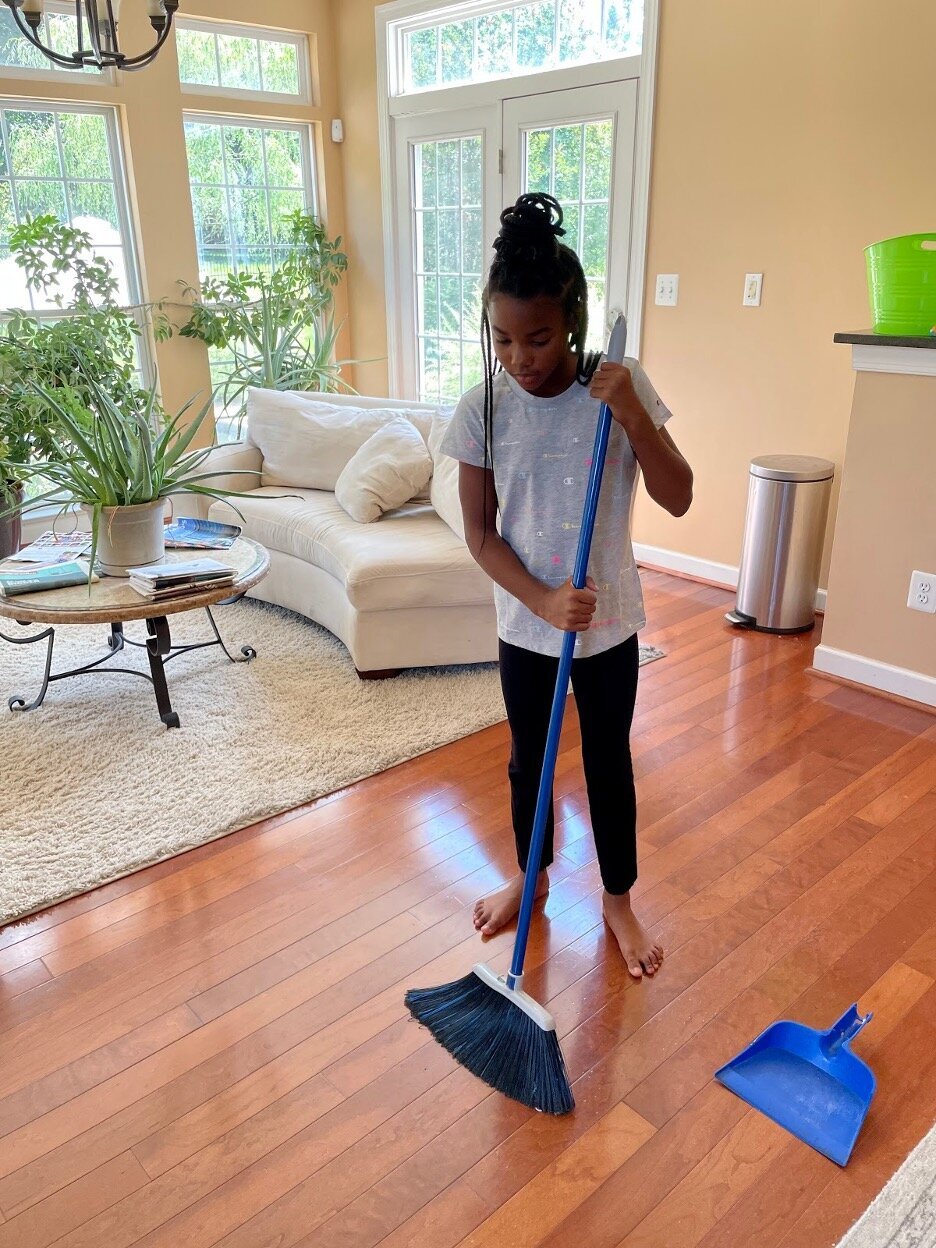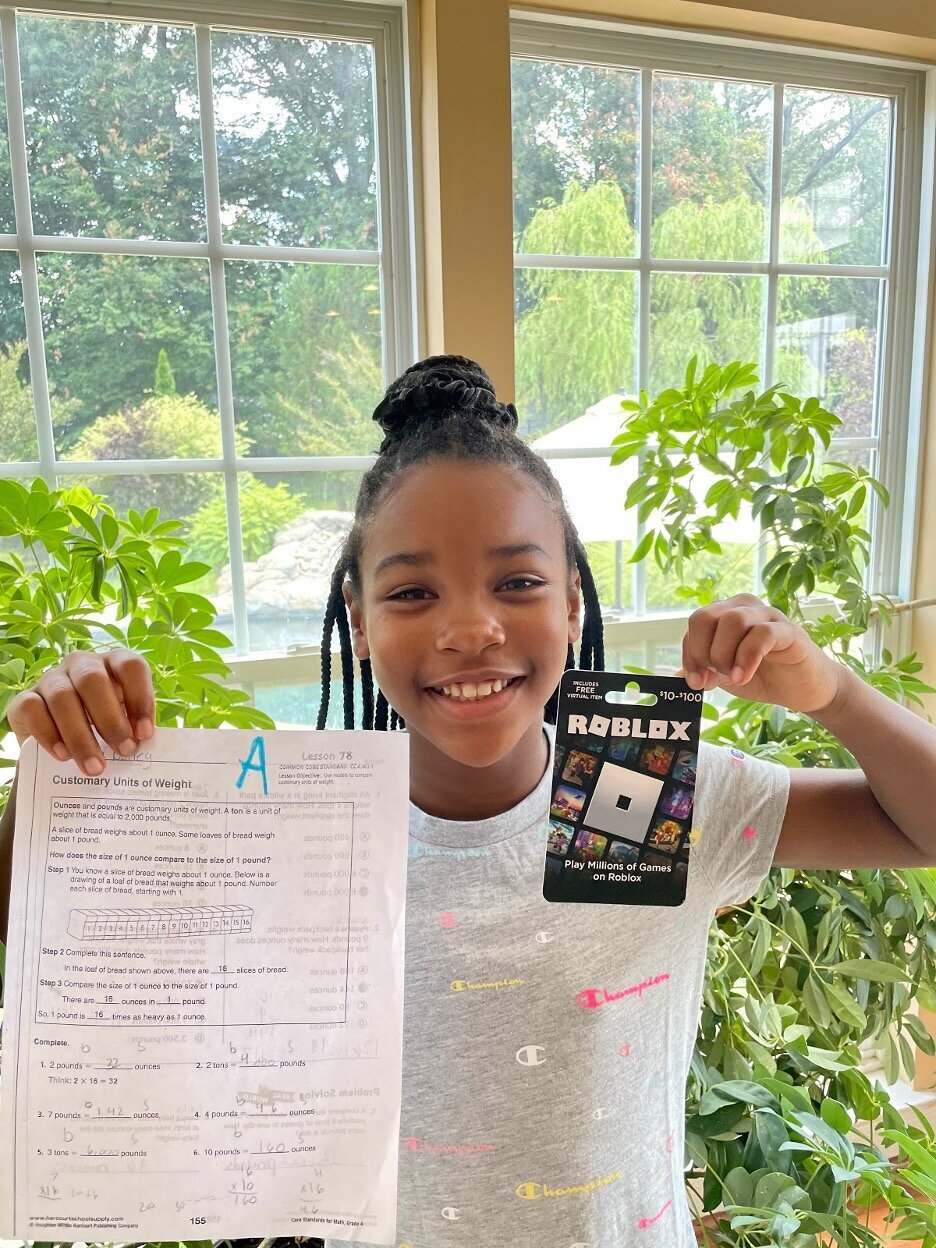Parenting tips: Help Kids Understand Wants and Needs
written by Bernita Bailey and Urmi Hossain / Presented by Monica Nichols of Pink Space Theory
Distinguishing between needs and wants can be pretty challenging. It is already difficult for adults to manage, so let's not imagine we understand how hard it is for kids who are just learning.
When was the last time your daughter nagged you about wanting something?
“Mom, I want this Barbie.”
“Mom, I really want this Teddy bear.”
“Mom, can we go for ice cream? I really want a chocolate ice-cream cone!”
You probably replied something like, “You already have many toys.” Or, “You don't need any of these items!” And, “We had ice cream yesterday!”
Is this something that happens in your household too? Then you are probably in the right place. If you are reading this article, then you must be here because you are looking for ways to teach your kids about the differences between needs and wants.
Needs vs. Wants: What parents should know
Distinguishing between needs and wants can be pretty challenging. It is already difficult for adults to manage, so let's not imagine we understand how hard it is for kids who are just learning.
Let's start with what we see on television. Commercial advertisements do an excellent job of marketing and promoting products to entice people into purchasing them. Kids, a highly influenceable segment of society, can be easily persuaded into buying unnecessary items.
But why is it so important to know the difference between needs and wants?
Simply, it is the first step toward learning how to budget and choose items we need to have for our daily lives!
Our needs all boil down to the same basic things. We all need food, shelter, and clothing. On the other hand, wants often differ from person to person. As a parent, you can step in and guide your kids to understand the difference between the two.
Here are 10 ways to teach kids about wants vs. needs
1. Have an open discussion
Start by picking your kids’ brains to determine how they define a need versus a want. Ask questions such as: What is a need? What is a want? Can they be the same thing? Can a want be a need and a need be a want? Is it OK to want something? See what their answers are and establish a basic level of their knowledge.
2. Play a sorting game
Play a game with pictures of items such as a television, water, and books, and ask your kids to sort them into a need pile or a want pile. For instance, does an ice cream belong to the Want Category or the Need Category? Take the opportunity to discuss each item with your children and try to stimulate their thinking with fun follow-up questions. Try asking them things such as: Do we need to eat a piece of cake every day, or is it something we want because it makes us happy? Although you may have a sweet tooth, can you survive without spoiling yourself with a delicious piece of cake?
3. Scenario-based questions
Give your kids different scenarios to talk about, such as, "Imagine being stuck on a deserted island, and survival is crucial. What are the three things you would need with you to survive?"
4. Give them spending money and teach them how to budget
Did you know kids become more financially responsible and accountable when they start receiving money? Give your kids a weekly allowance and tell them they are free to buy whatever they want within their respective budgets. Your kids will quickly think twice before purchasing something unnecessarily, especially if they worked hard for their allowance.
5. Planning for their own birthday parties
Planning parties, weddings, and birthdays costs money. Some events like birthdays only happen once a year, and we definitely want them to be unforgettable. Kids can often be oblivious to how much events like birthday parties cost. So, why not allow your kids to plan their own birthday parties?
You can provide them with a spending budget and guide them to purchase what they’ll need to have a fabulous birthday celebration. Your kids will have control over how they throw their parties without having the opportunity to get too frivolous with their spending decisions.
6. Just say NO
There is no better way to discipline your kids than with a simple “NO” when they want something that is unessential. For instance, if your daughter constantly wants more clothes, you can show her how much apparel she already has in her closet.
Keep in mind that external influences like peer pressure, the media, and advertisements can easily get into your kids’ heads and affect their judgement. However, it’s important to explain that owning more items will not necessarily mean more wealth or happiness. Sometimes we just need to tell them that richness is often not derived from material things like clothes, cars, or shoes.
7. Be a good role model
Children observe and learn from our actions more than we realize. Parents are sharing the idea of always wanting more if they are constantly on shopping sprees or always complaining about not having enough bags or shoes.
How about saying something different such as, “I really want this, but to own this I need to save up. Maybe for now I can settle with a more affordable option.”
Being a good role model is about being flexible and happily accepting alternative solutions. After all, many of us want a new car, but what about taking the bus or joining a car pool? You can save money on car insurance, help the environment and still reach your destination without owning a new car!
8. Share your household budget with your kids
Kids are often unaware of how much their parents spend on their home, purchasing food, paying bills, and providing other necessities. Being transparent and showing your kids the household budget will help them appreciate what you do and gradually introduce them to the realities of money management.
9. Take your kids clothes shopping
If we don’t wear name brand items, some people believe we are not “cool” in our society. However, that way of thinking can easily be fixed by educating our kids. Try taking your daughter to a shopping mall and find two items that are exactly the same, but from different brands and price points. Talk to them about the quality of the items, the price difference between the two, and show them that the items are actually quite similar.
However, the only important difference is which item we choose to purchase. Do we want to spend more and wear labeled items, or would it be better to spend less and wear something that is similar to the name brand item?
10. Remember: Wants DO NOT EQUAL happiness
We’ve all been out shopping and have seen something like a beautiful purse calling our names from a store window. We’ve wanted that bag so badly and couldn’t stop thinking about it. A few days later, we give in and buy the purse. We enjoy feeling a great sense of euphoria, but then that feeling quickly dissipates and the purse sits in the back of the closet. Sadly, this kind of thing happens to everyone. Money gets thrown in the garbage for items that bring us no meaningful joy or fulfillment. Teach your kids that happiness does not depend on the items we purchase. Instead, happiness comes from experiences, memories, and quality time spent with family and friends. Ask your kids what they cherish most in their lives. Do they love their pets, spending time with friends, or memories they share with family members? Those are the kinds of things that will bring true, long-time happiness, minus the shopping impulses.
Benefits of knowing the difference between needs and wants
Our needs and wants change as we grow up and earn more money. For example, older individuals may need vitamins to have energy, but younger people consider vitamins to be more of a “want.” Or, if you work from home, you need fast internet access while people who just use the internet for leisure don’t need fast internet access.
Knowing the difference between needs and wants early in life is extremely useful, especially when we encounter future challenges that test our skills and self-discipline.
Here are a few reasons why kids should know the difference between wants and needs:
● Teaches kids self-control when it comes to buying items like food or clothes
● Kids learn how to prioritize their spending and budget their finances accordingly
● You’ll set your kids up to be able to pay off future debt and handle other major financial obligations
● Helps kids feel more comfortable allocating their money toward assets that appreciate in value
● Encourages kids to enjoy their current possessions
● Helps kids unmask their disguised wants and understand why they want them
If you want your daughters to be financially self-sufficient and responsible, then the key is to engage them in regular conversations about needs and wants.
Teaching kids about money is never just about money – Dave Ramsey
I want to take a moment and focus on wants in these next few paragraphs. If you give a child what they want every time they ask for it with no effort on the child's part, differentiating between needs and wants will become challenging for them. Children can become expectant and unappreciative, knowing their parents will just say yes when asking them for a toy, a sweet treat, or more time in front of their electronic devices.
A great way to teach kids discipline around wants is to create a starboard or reward board. Every star earned gets you closer to a want. Once you fill up your starboard, you are eligible for one want (based on your budget). What's on this starboard? They are goals set by you and your child. These could be academic, community service, acts of kindness, sports, etc. - something your family deems worthy of praise and recognition. This practice helps kids understand that wants are special.
In the Bailey household, wants have to be earned. What exactly does that look like? I have a ten and a 13-year-old, and there is always something they want. Whether it's a new doll or a video game, they know that these wants don't come without working for them. My children have the opportunity to earn a weekly allowance if they do their chores consistently. After they save a portion of their allowance, the remainder can be used to purchase things that they want. This practice has fostered in my children the understanding and discipline of working hard to achieve a want. Also giving them autonomy on how their earned money is spent makes them more selective on what they buy and more appreciative and caring of what they get.
Top 3 books for parents about wants vs. needs
If you want to enjoy some short, lighthearted books with your daughters, here are some recommendations. Each one tackles the concept of needs and wants in an easy-to-understand message.
1. “Lily Learns about Wants and Needs” by Lisa Bullard
2. “Charlie and Lola: I Really, Really Need Actual Ice Skates” by Lauren Child
3. “Those Shoes” by Maribeth Boelts
About the authors:
Bernita Bailey is the Truist Southern Maryland Market President.
Urmi Hossain is a Pink Space Theory volunteer and founder of Savvy & Smart Her.
presented by
Leaders Lodge Member
Monica Nicols
Youth and Early Learner Empowerment
Consultant and Educator / CEO of Pink Space Theory









